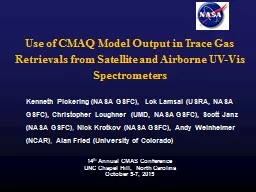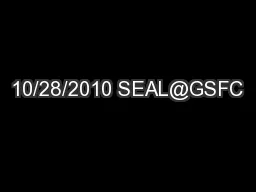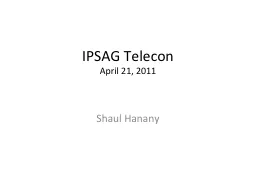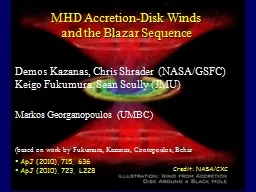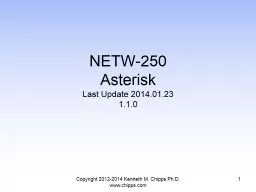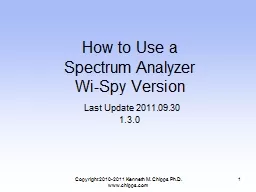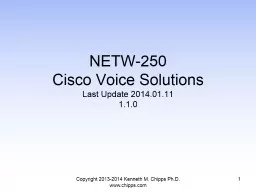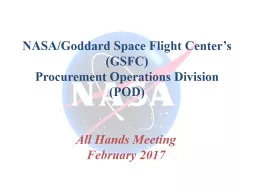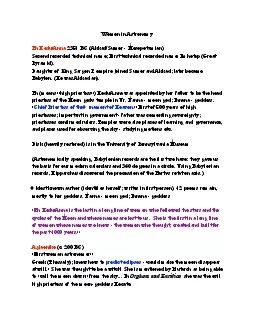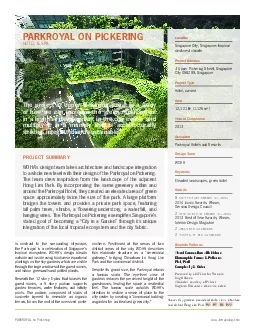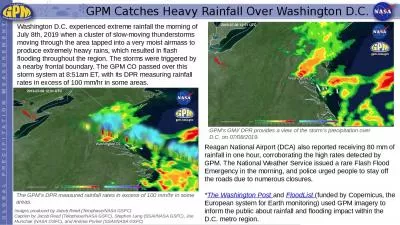PPT-Kenneth Pickering (NASA GSFC),
Author : tawny-fly | Published Date : 2018-11-19
Lok Lamsal USRA NASA GSFC Christopher Loughner UMD NASA GSFC Scott Janz NASA GSFC Nick Krotkov NASA GSFC Andy Weinheimer NCAR Alan Fried University of Colorado
Presentation Embed Code
Download Presentation
Download Presentation The PPT/PDF document "Kenneth Pickering (NASA GSFC)," is the property of its rightful owner. Permission is granted to download and print the materials on this website for personal, non-commercial use only, and to display it on your personal computer provided you do not modify the materials and that you retain all copyright notices contained in the materials. By downloading content from our website, you accept the terms of this agreement.
Kenneth Pickering (NASA GSFC),: Transcript
Download Rules Of Document
"Kenneth Pickering (NASA GSFC),"The content belongs to its owner. You may download and print it for personal use, without modification, and keep all copyright notices. By downloading, you agree to these terms.
Related Documents

